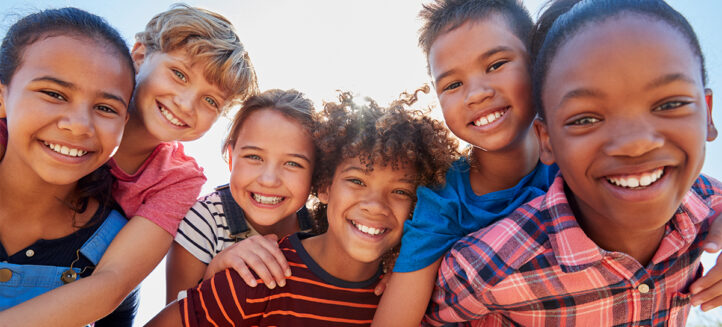Using Positive Reinforcement to Increase Desired Behaviors
July 9, 2014
Are there certain things that your child can do that you wish your child would do more often? Do you find that sometimes your child displays a certain behavior for a short period of time but then stops performing that specific behavior? If so, you can learn to use positive reinforcement to increase the likelihood that certain behaviors will continue or increase in the future. You may here some people say that using positive reinforcement can be detrimental because it can cause children to depend on it as opposed to learning internal motivation. However, it is all in how you implement positive reinforcement as far as whether or not you are increasing internal motivation.
There are several different ways to use positive reinforcement. At the basic level, you can consider the use of natural reinforcement, social reinforcement, token reinforcement, and tangible reinforcement. All of these entail delivering a specific consequence following a desired behavior that increases the likelihood that the behavior will continue or increase in the future.
Natural reinforcement occurs when a natural consequence for a certain behavior increases the likelihood that the behavior will occur again in the future. Examples of natural reinforcement may be when the child points to a ball, the child gets the ball; when a child names the animal on a puzzle piece, the child gets to put the puzzle piece in; when the child says hello to a peer, the peer smiles and says hello. These would all be considered examples of natural reinforcement as long as these consequences resulted in an increase of the desired behavior. Social reinforcement entails consequences for behavior such as smiles, high fives, tickles, praise, etc.
It is important to note that many social reinforcers are quite natural. When someone does something that you like you would naturally smile and make a positive comment. Token reinforcement can include the child receiving points, tickets, stickers, stars, pennies, etc. that can later be exchanged for a tangible item or a preferred activity. Tangible reinforcement includes giving the child a desired food, drink, toy, or activity after engaging in the desired behavior.
To increase internal motivation, these four types of reinforcement should be used on a continuum where natural and social reinforcement are to be used before token or tangible reinforcement. Token and tangible reinforcement should be reserved when children do not respond to natural and social reinforcement.
When you do need to resort to the use of token and tangible reinforcement, try to switch to using natural and social reinforcement as quickly as possible. This is because we do not want to encourage escape motivated behavior. Meaning, we don’t want to encourage children to do something just to get something else or to get away from the task or interaction itself. Of course, if we must use token or tangible reinforcement because it is the only way to get the child to respond, we must start there temporarily.
For further assistance with using positive reinforcement, parents and teachers can consult with a board certified behavior analyst (BCBA). BCBA’s can provide hands-on training and support to help parents and teachers learn how to use positive reinforcement effectively as well as a variety of other effective teaching strategies.





